Shared Ground:
Colonial Agriculture at the Pownalborough Court House
Two cultures and three shared crops. What can a garden teach us about Indigenous and Euromerican peoples in colonial New England? This is what author, historian and living history interpreter Mike Dekker set out to discover when he began the Colonial Garden Project at the Pownalborough Courthouse. Both cultures raised crops of corn, beans and squash yet employed divergent agricultural methods. These differences, as well as similarities, speak to the world views of both cultures.
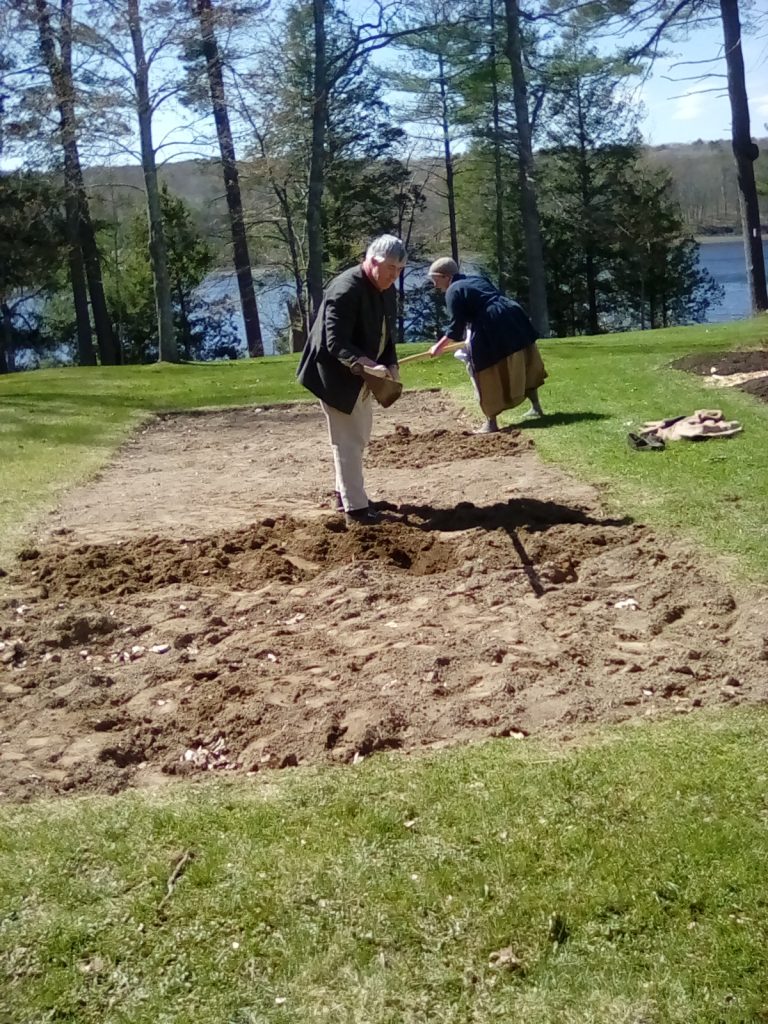
Using only reproduction period tools, Dekker, with the aid of his son Whit and fellow historic interpreters Mark Rohman, Rebecca Manthey and Paul Diaute, has established a representation of both Euromerican and Indigenous agriculture using heirloom varieties of corn beans and squash. The “garden” is divided into two sections representing each of the two cultures which called New England home during the 17th and 18th centuries. Each agricultural representation is planted in the manner of the reflected culture. The Euromerican “garden” is fertilized with cow manure and planted in distinctly separate sections of corn, beans and squash. The soil of the Indigenous “garden” is enriched with Alewives and is planted in hills each containing all three species, a common practice among the native people of the northeast referred to as the three sisters.
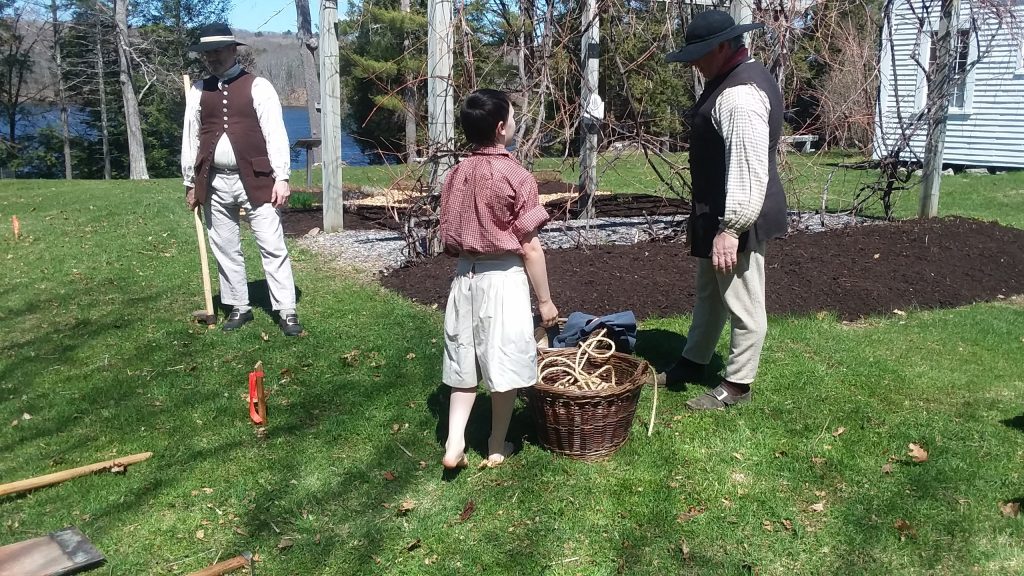
On a basic level, these differences in agricultural practices reflect Euromerican individualistic tendencies versus Indigenous collectivist societies. Yet commonality permeates the “gardens” as well, speaking to the cultural exchanges taking place on the frontier that was New England during the early colonial period. Take for example the English adoption of skamon (the Abenaki word for corn) which was better suited to the soil and climatic conditions of New England then the traditional varieties of what they called corn, namely wheat, rye and barley. As an ethnohistorical tool, the “garden” not only informs but begs the questions: How do we as human beings interact with our environment and each other? How is this shaped by values and beliefs? By practicality? How and why do cultures change and adapt? What is the impact of our actions?
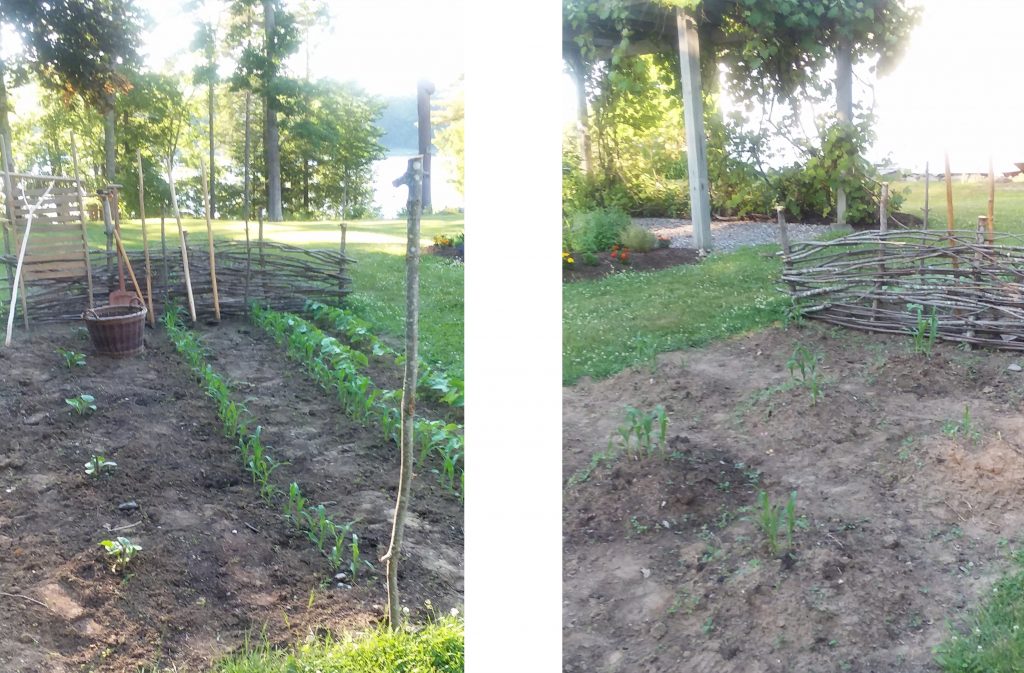
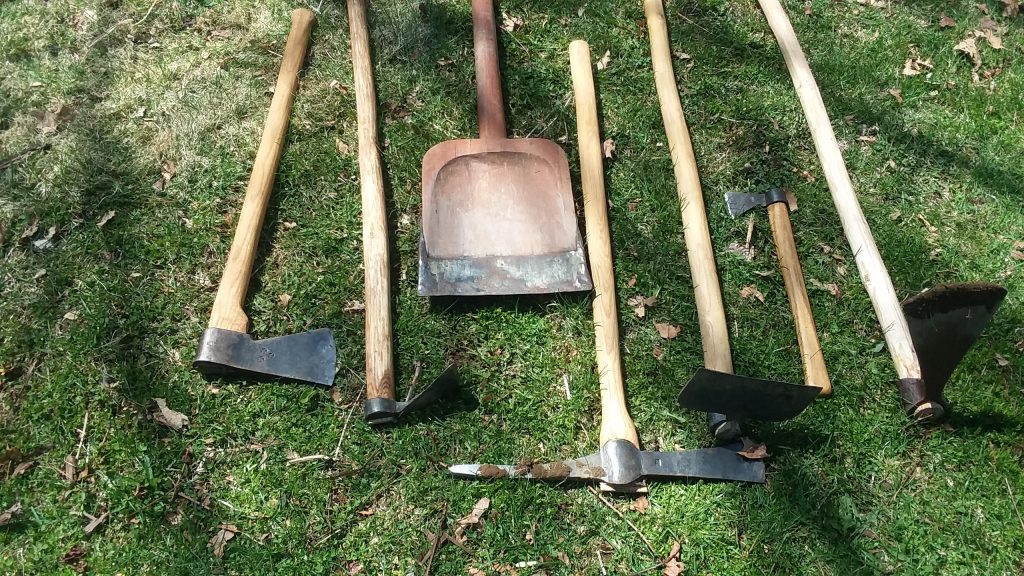
Mike Dekker, Historian and Living History Interpreter.
To learn more please feel free to contact Mike Dekker at historyalive@live.com
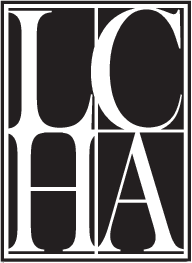
 Newsletter
Newsletter Join LCHA
Join LCHA Donate Now
Donate Now